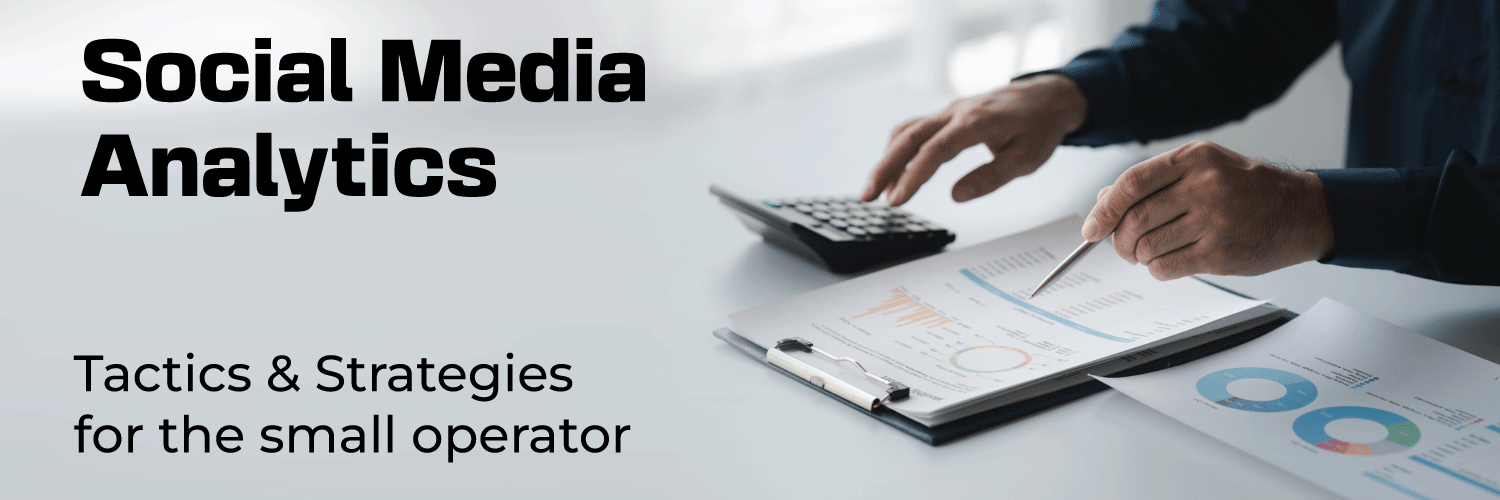Social Media Analytics for Small Business - Some Ideas as to how one starts
Social media analytics offer a wealth of insights that can be harnessed in various ways.

Social media analytics offer a wealth of insights that can be harnessed in various ways. Here are some examples of how businesses can utilize these analytics:
- Content Optimization: By analyzing which posts receive the most engagement, businesses can determine the type of content their audience prefers. This could be videos, infographics, user-generated content, or polls. And with custom GPTs, each operator, large or small, can build his/her brand with ease and scale.
- Best Posting Times: Analytics can reveal when your audience is most active. By scheduling posts during these peak times, you can maximize reach and engagement.
- Influencer Collaboration: Identify individuals or brands that your audience engages with. Collaborating with these influencers can help tap into a larger or more engaged audience segment.
- Ad Targeting: Use demographic data (like age, location, and interests) to tailor ads for specific audience segments, ensuring higher relevancy and better conversion rates.
- Competitor Analysis: Monitor competitors' social media performance to identify gaps in your strategy or to discover successful tactics worth emulating.
- Crisis Management: By keeping an eye on mentions and sentiment analysis, businesses can quickly identify and address negative feedback or PR crises.
- Event Promotion: Analyze the success of event promotions by tracking engagement rates, shares, and event sign-ups stemming from social media posts.
- Hashtag Performance: Determine which hashtags drive the most engagement and visibility for your posts. This can help in crafting future content and campaigns.
- User Feedback: Comments, shares, and direct messages can serve as immediate feedback for product launches or updates. This feedback can be invaluable for product development.
- ROI Calculation: By tracking conversions from social media campaigns, businesses can calculate their return on investment, helping justify and refine their social media strategies.
- Community Building: Identify and engage with your most active followers to foster brand loyalty and build a community around your brand.
- Trend Spotting: Stay updated with trending topics or viral content within your industry or target audience, allowing you to participate in larger conversations or adapt your content strategy.
In essence, social media analytics provide a roadmap for businesses to understand their audience better, refine their strategies, and achieve their goals more effectively.